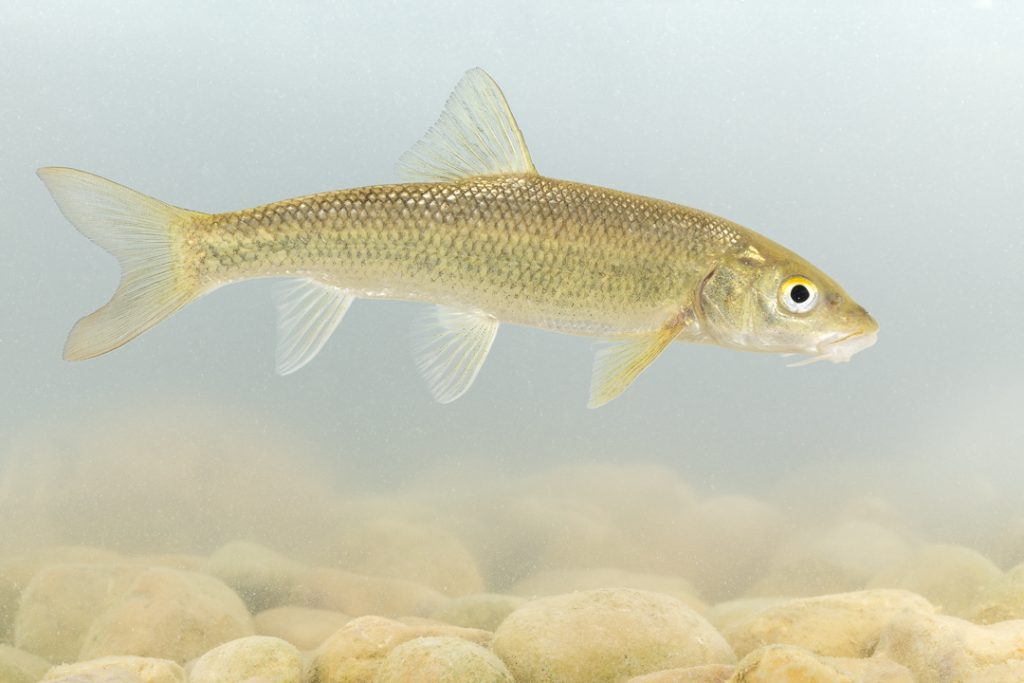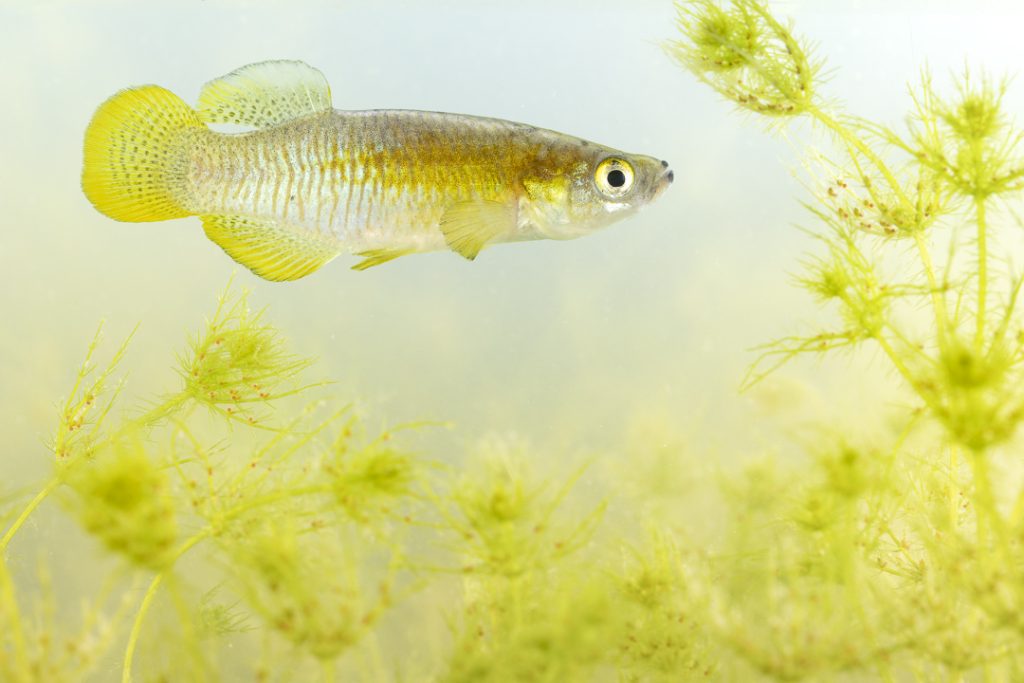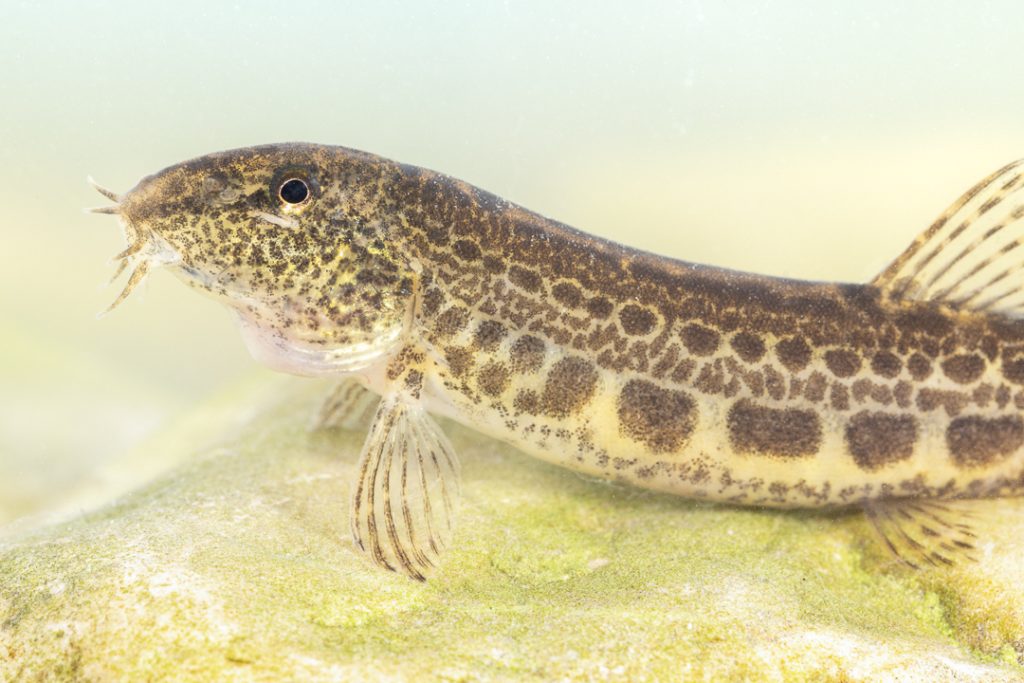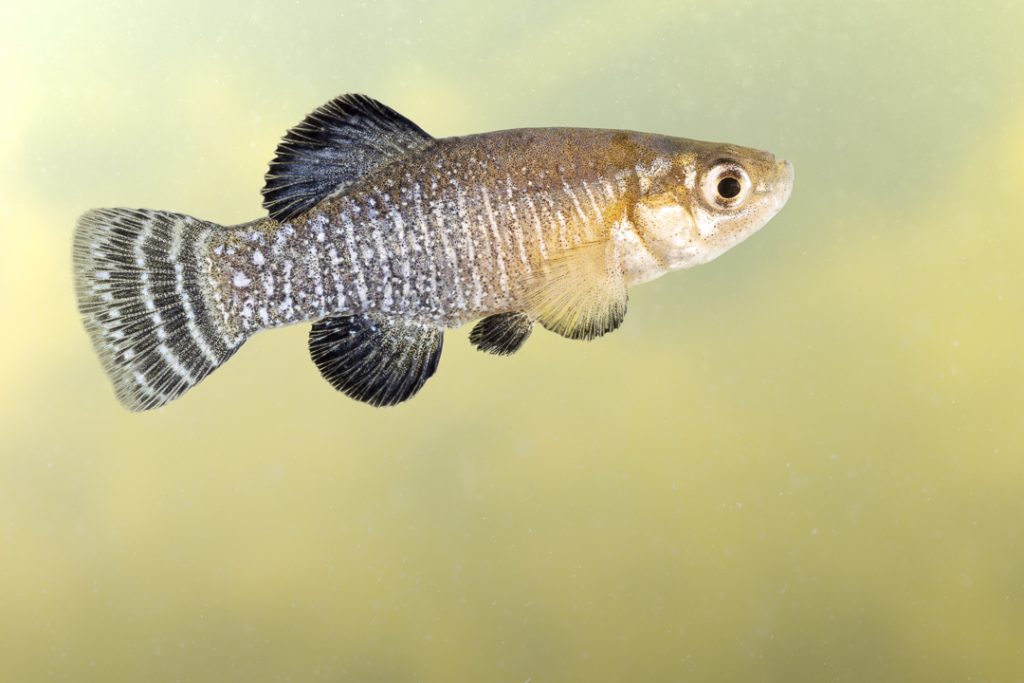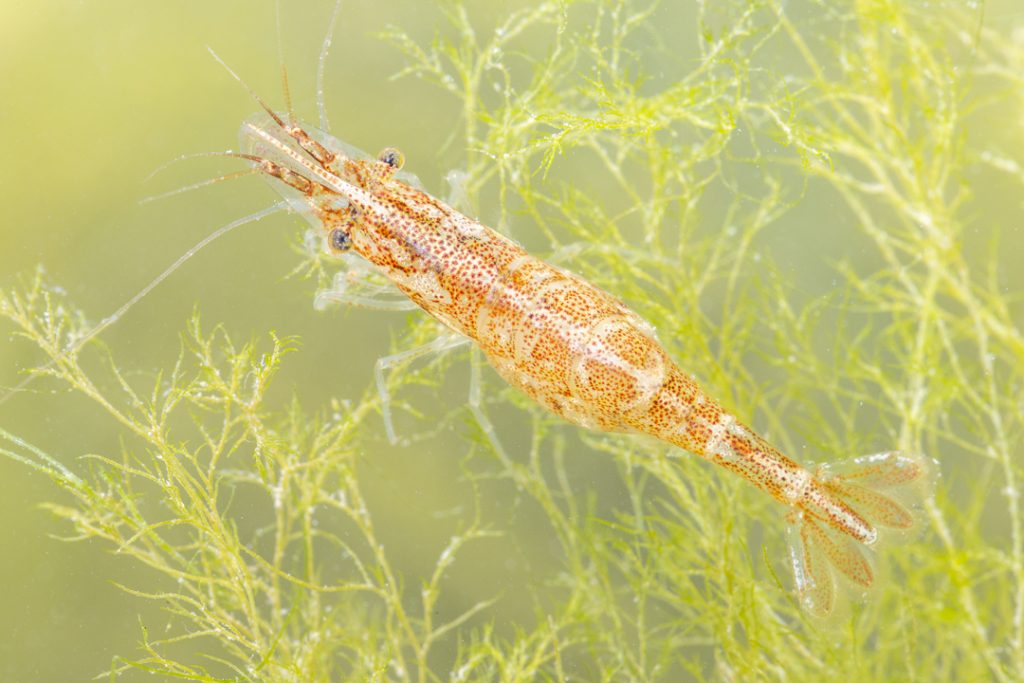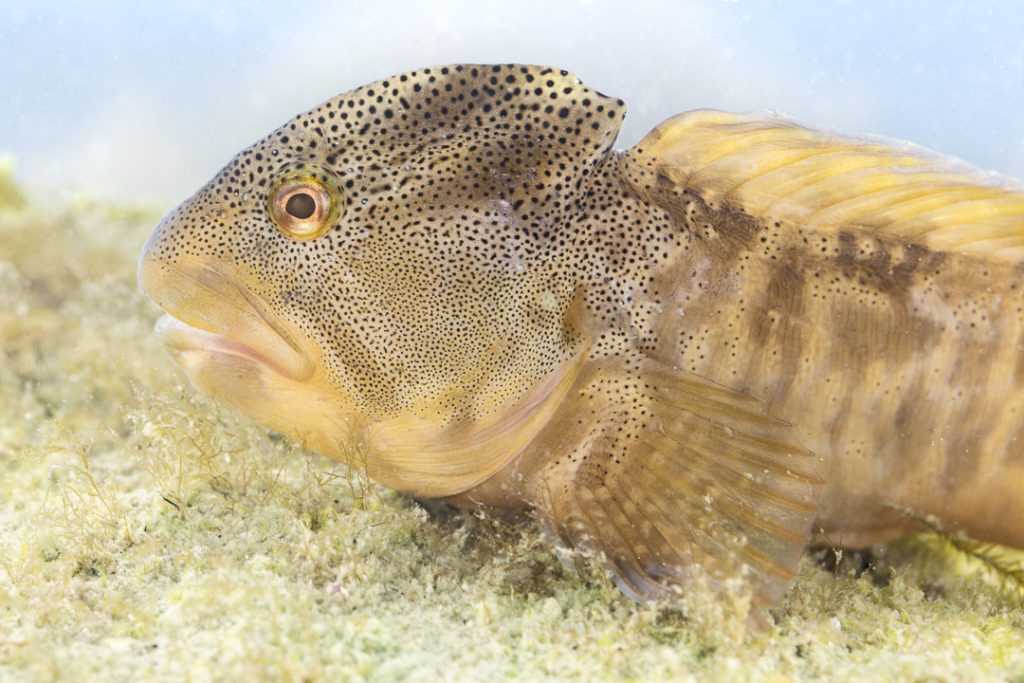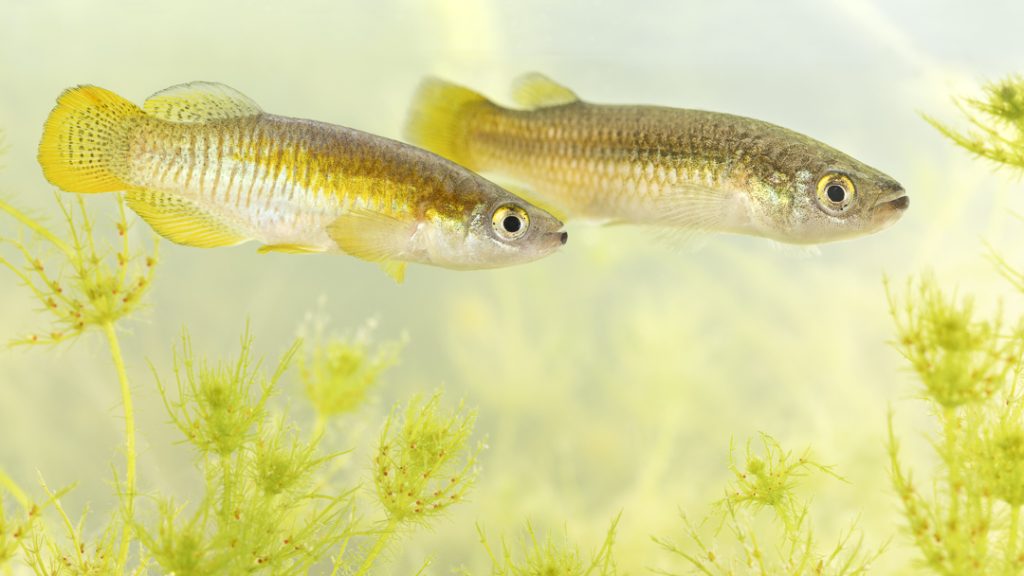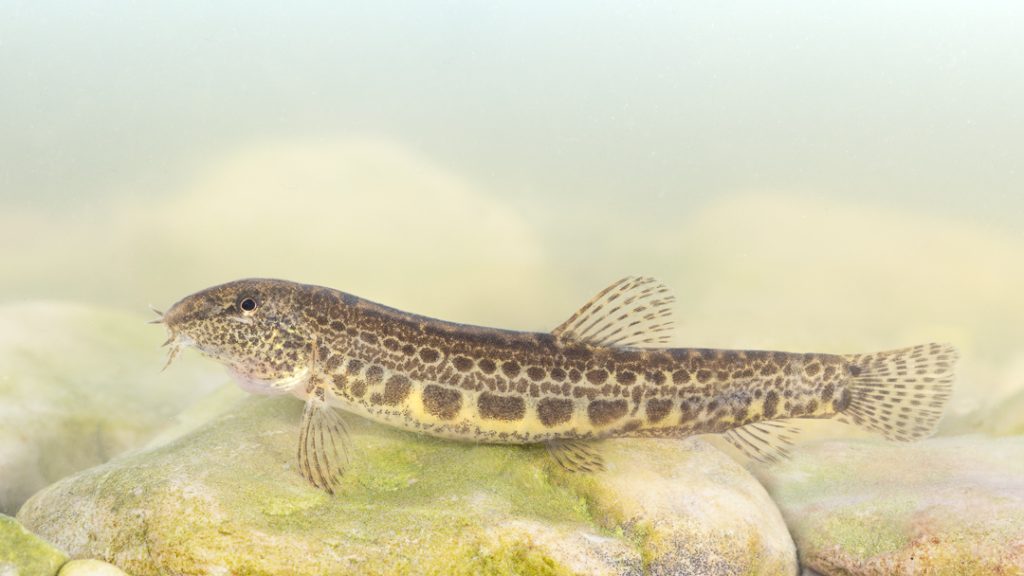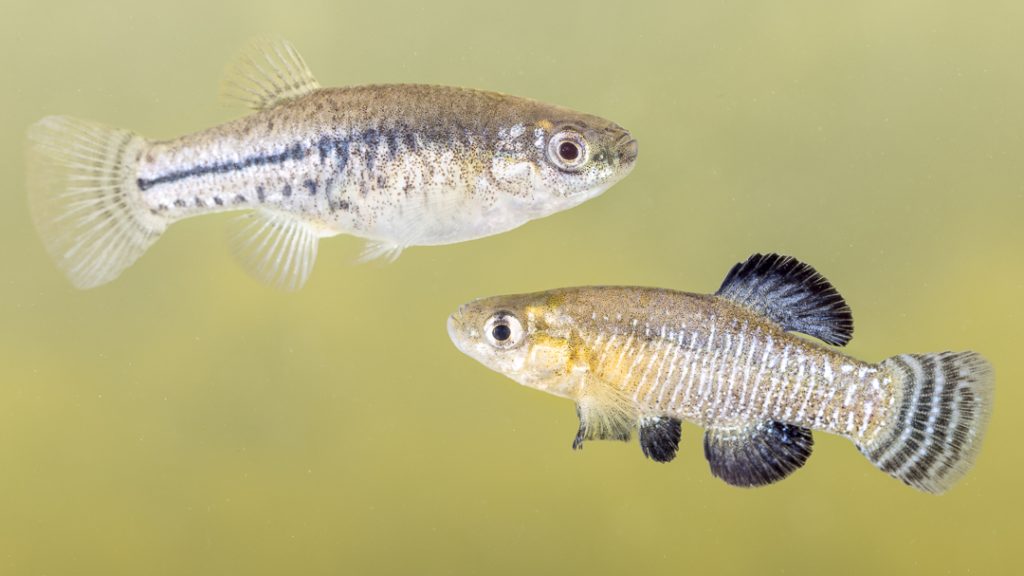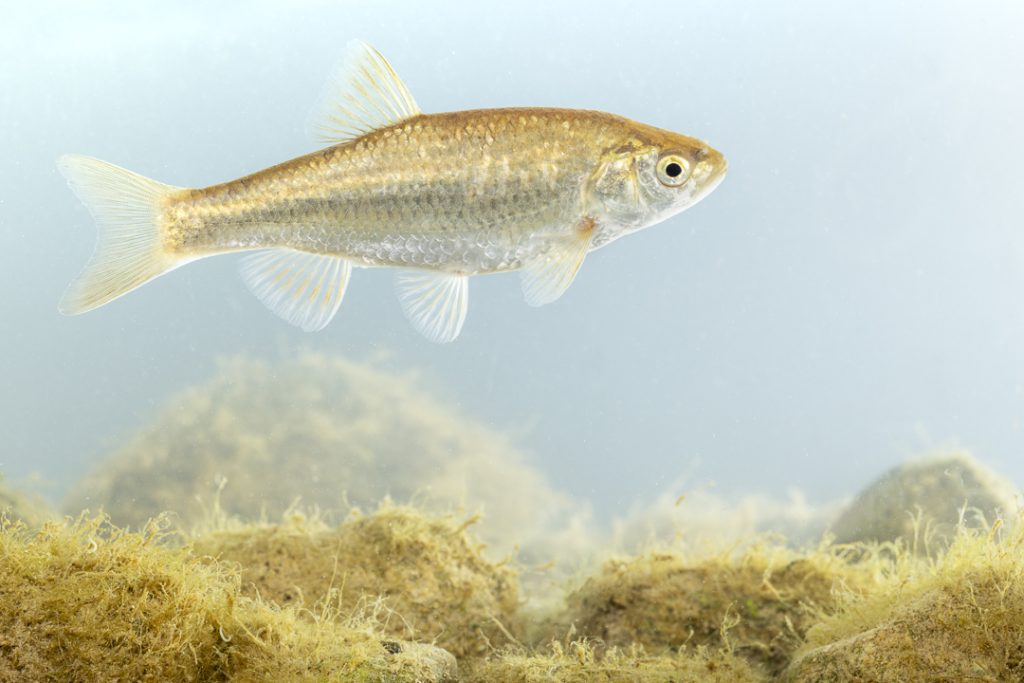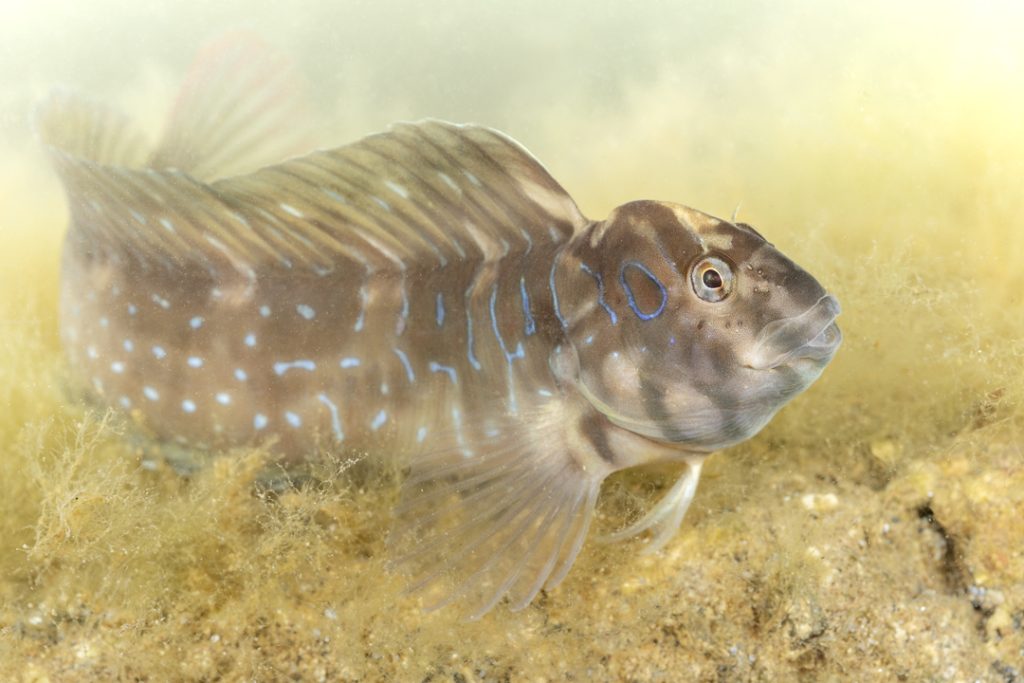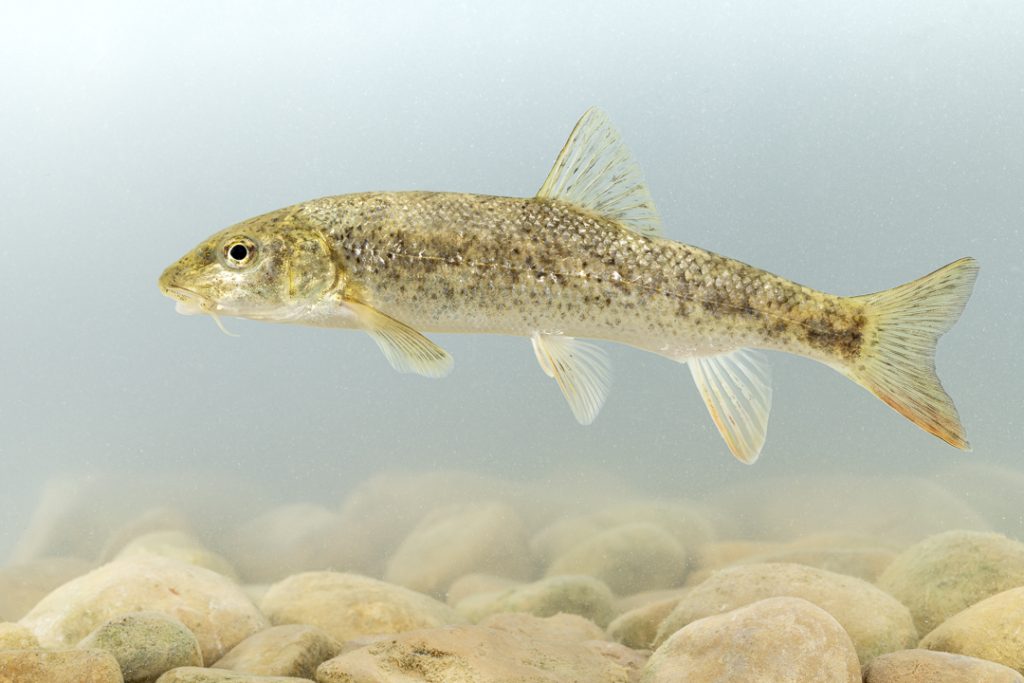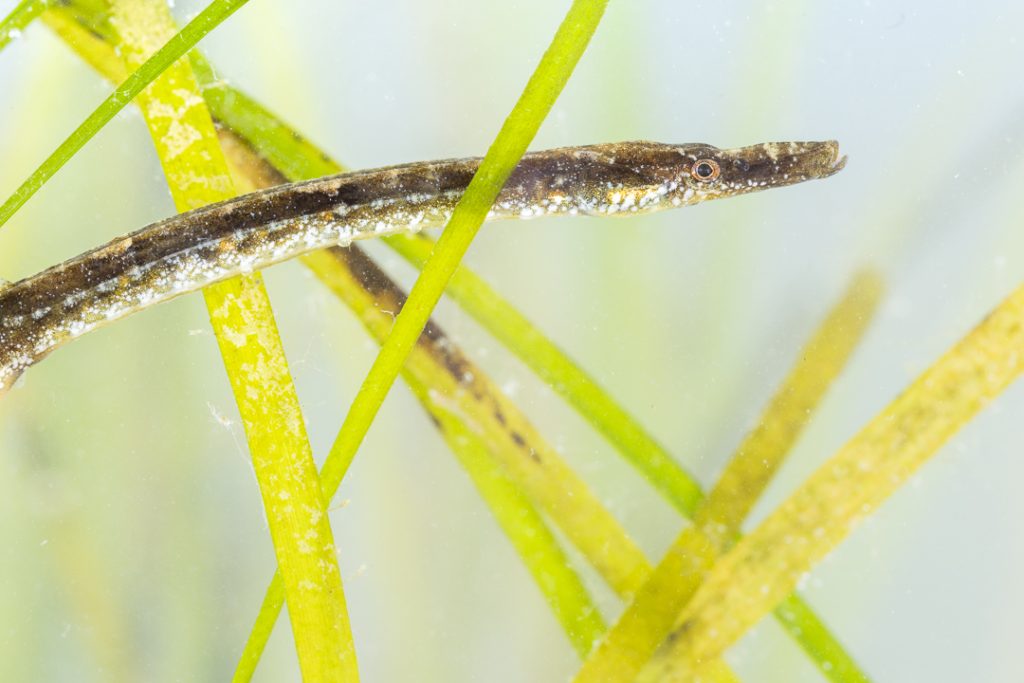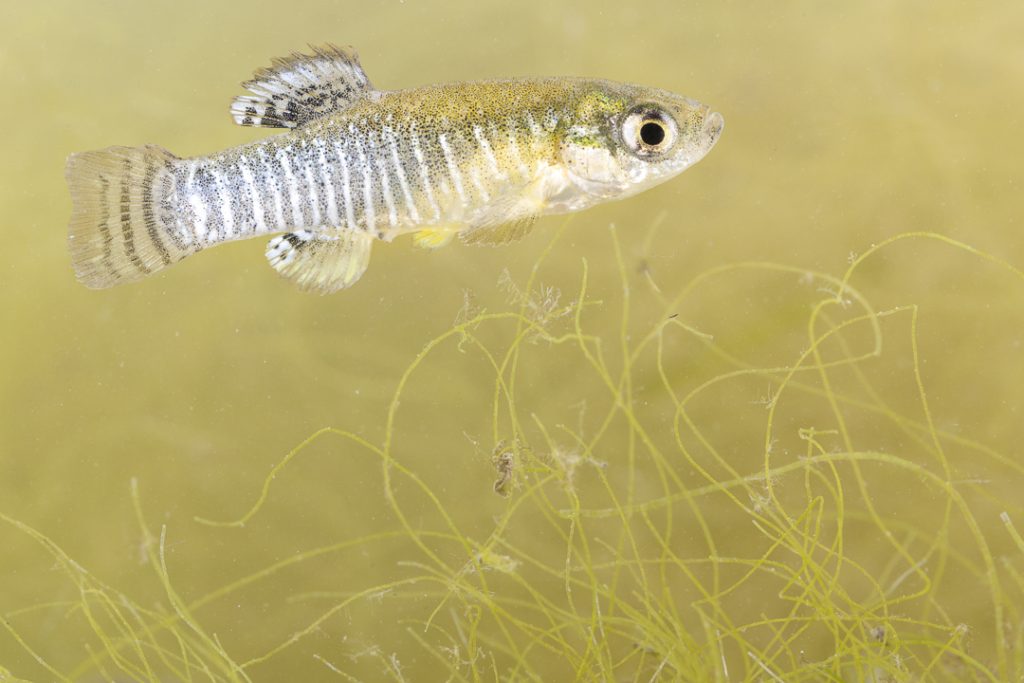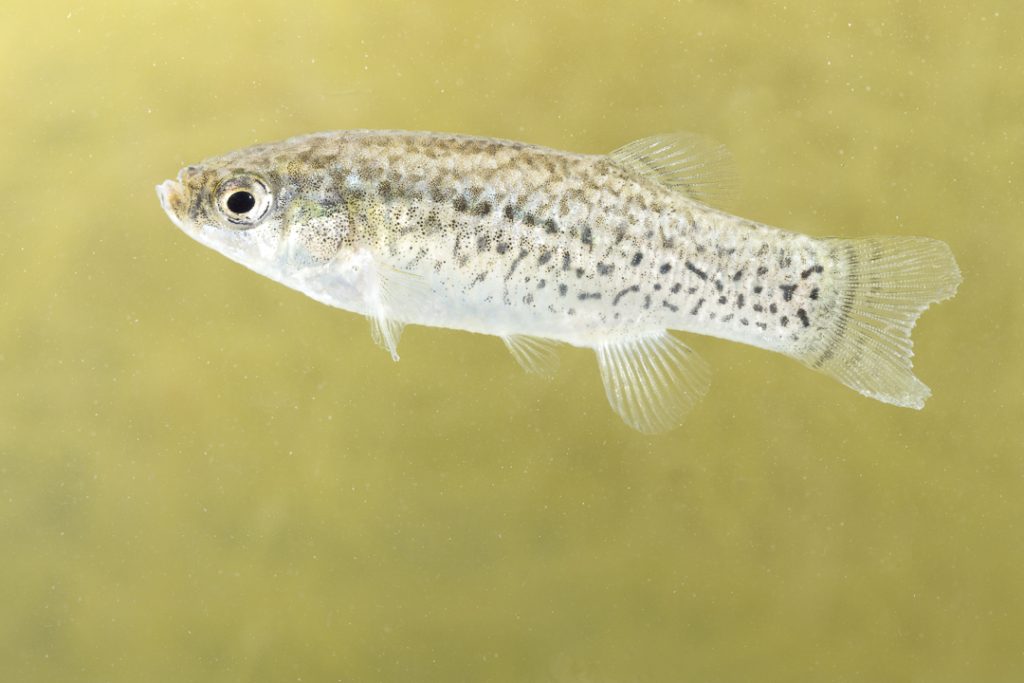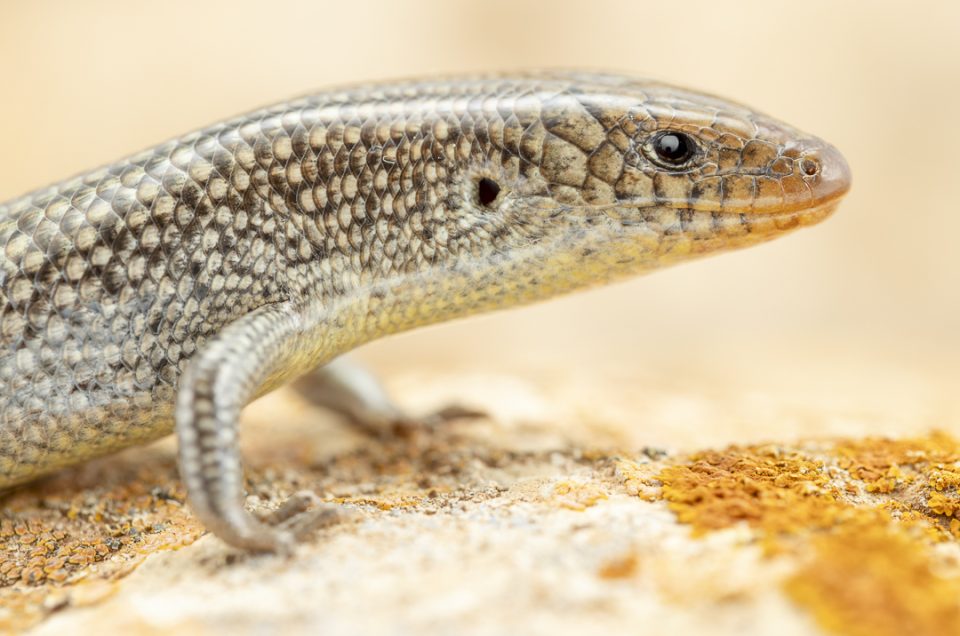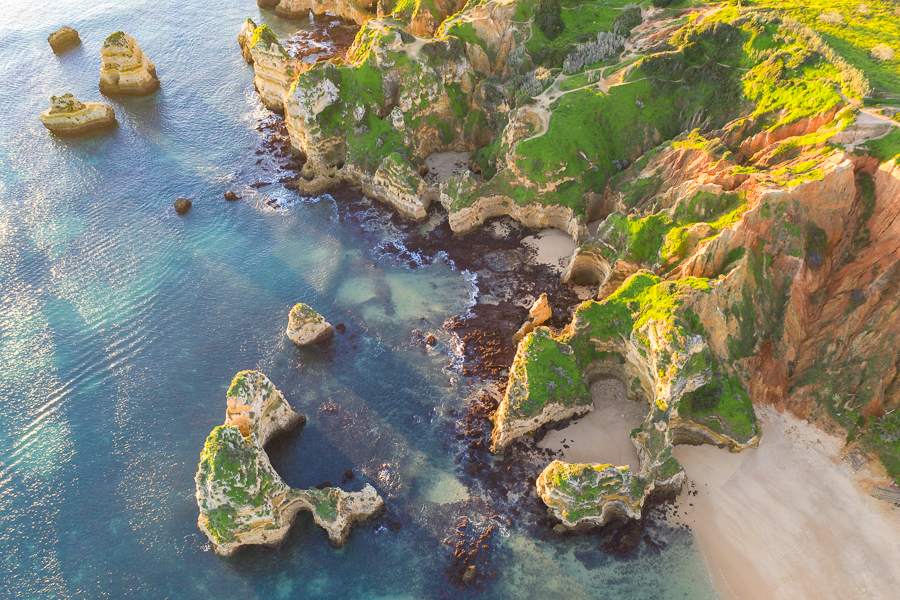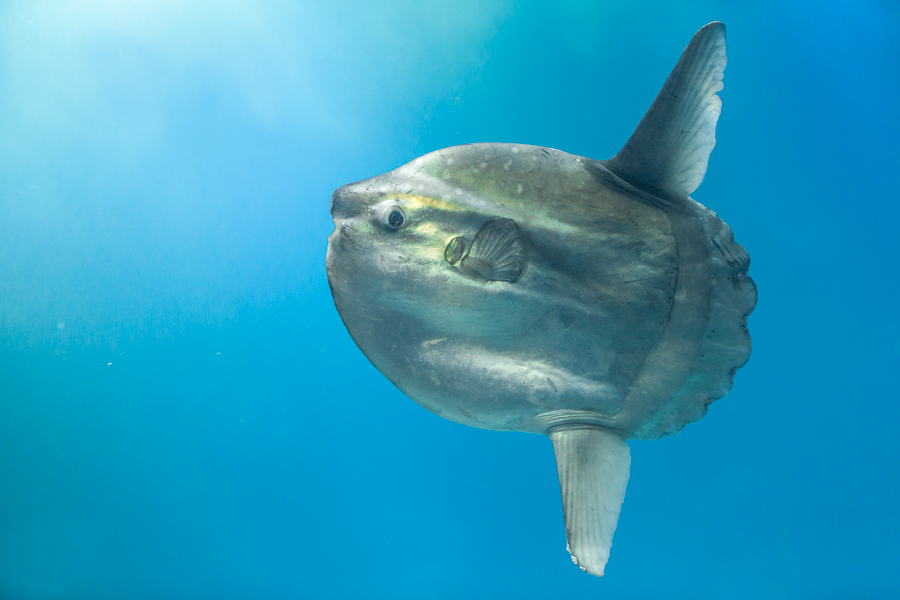In May we took a road trip through Spain dedicated to freshwater fish species. The Iberian Peninsula is considered one of the freshwater fish biodiversity hotspots within Europe. And because of the long-term geographical isolation, the Iberian freshwater fish fauna has the greatest European percentage of endemism: 73% of the species. Sadly, a greater part of the endemic fish fauna is highly threatened: more than half of the native species are under some degree of threat according to the International Union for the Conservation of Nature (IUCN). Main threats are water extraction, introduced species, climate change and pollution.
Our target species for the trip were the two Iberian species of toothcarps: Apricaphanius iberus & Apricaphanius baeticus, and the killifish Valencia hispanica (formerly been placed in the familie Cyprinodontidae (toothcarps) but now considered distinct). These endemic species inhabit water bodies close to the Mediterranean coast. Given that they are quite poor competitors, many populations has reduced because of the introduction of exotic species, especially the mosquitofish Gambusia holbrooki.
Luckily, we found all three species. However we were too early in the season to see the beautifull spawning coloration in the males of Apricaphanius iberus. We tried our luck in another population more Southern, but didn’t noticed any difference.
Other endemic species we saw were Cobitis haasi and Cobitis mellaria (both recently split from C. paludica), 4 species of barbel, Valencia chub and more. Also marine fish were found in lagoons, like the Black-striped pipefish and Peacock blenny. In a river close to Valencia we saw an interesting endemic freshwater shrimp, Dugastella valentina, which is polymorphic and comes in a range of nice colours.
Many thanks to Matt Ford who provided very valuable info.
